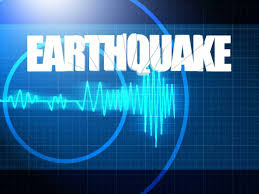By: USGS
www.earthquake.usgs.gov/earthquakes/

26 earthquakes
3.0 44km NW of Rincon, Puerto Rico 2013-10-28 13:17:20 UTC-04:00 15.0 km
4.6 184km ENE of Angoram, Papua New Guinea 2013-10-28 12:23:28 UTC-04:00 34.5 km
5.3 294km SW of Longyearbyen, Svalbard and Jan Mayen 2013-10-28 10:54:27 UTC-04:00 10.0 km
2.8 25km NNE of Luquillo, Puerto Rico 2013-10-28 09:59:06 UTC-04:00 29.0 km
4.5 84km E of Ndoi Island, Fiji 2013-10-28 07:56:00 UTC-04:00 514.0 km
4.8 93km WNW of Kirakira, Solomon Islands 2013-10-28 07:34:52 UTC-04:00 78.5 km
3.8 3km SW of Alberto Oviedo Mota, Mexico 2013-10-28 07:15:09 UTC-04:00 20.0 km
2.8 55km N of Hatillo, Puerto Rico 2013-10-28 06:57:26 UTC-04:00 45.0 km